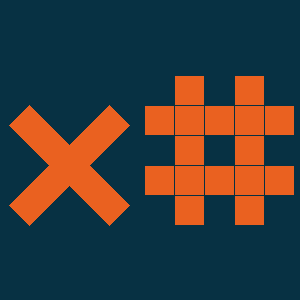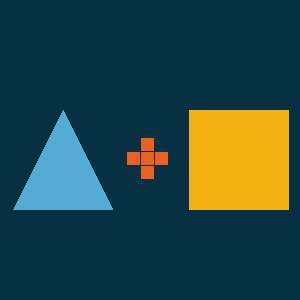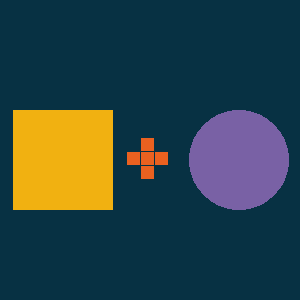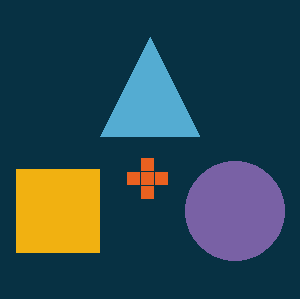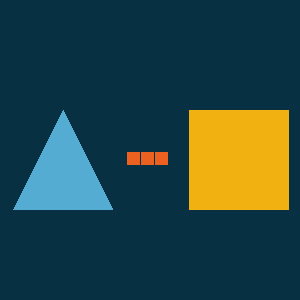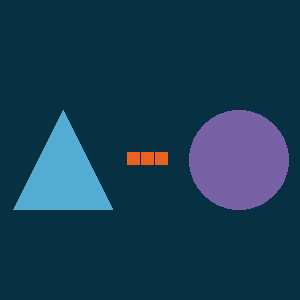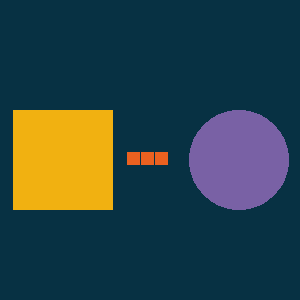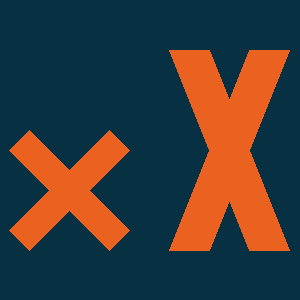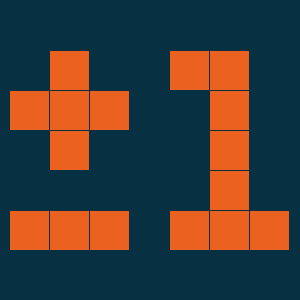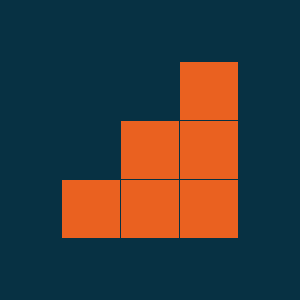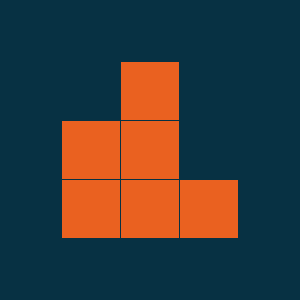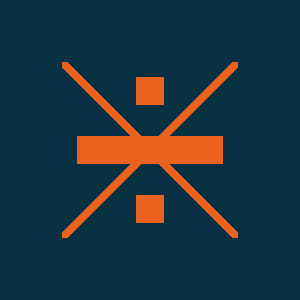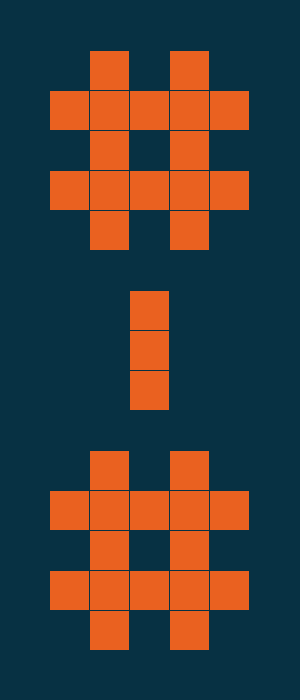On the Subject of Turing Machine Nightmare
British mathematician and cryptanalyst Alan Turing made a significant contribution to the advent of computers.
If the module background is white, then you’re looking at Turing Machine.
- There are 4 – 6 clues labeled A – D/E/F. These clues can be displayed on the 3 vertical screens by pressing the vertical screens.
- The numbered buttons allows you to input a 3 digit code onto the smaller screen in the top right corner.
- Pressing a lettered button while a 3 digit code is displayed will test that code with the clue you pressed and print the results on the screen in the bottom right corner.
- Pressing the smaller screen will submit the displayed 3 digit code, checking if the code passes every clue.
- Determine the 3 digit code using the clues and submit it to disarm the module.
- Submitting an incorrect code will result in a strike and the module will generate a new puzzle.
Code
- The code is made up of 3 digits between 1 and 5.
- You can’t test the same code twice until you tested all 125 possible combinations.
- After testing 125 codes, the module will reset its internal counter and allow you to test previous codes.
Clues
- Each clue is made up of 3 screens.
- The left and right screens will be a value, whether its a number or referring to the 3 digit code.
- The middle screen is a comparator which compares the value(s) on the left to the value(s) on the right.
- Each clue will have exactly 1 screen (mostly) that will contain more than 1 clue element.
- A screen containing multiple clue elements will be separated in to 2 – 3 rows.
- The clue will be using one of these clue elements to determine what the 3 digit code is.
- Each clue is labeled with a letter but you don’t know which clue is tied to which letter.




